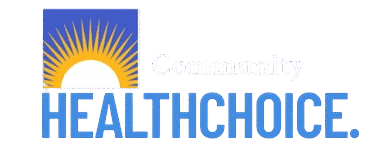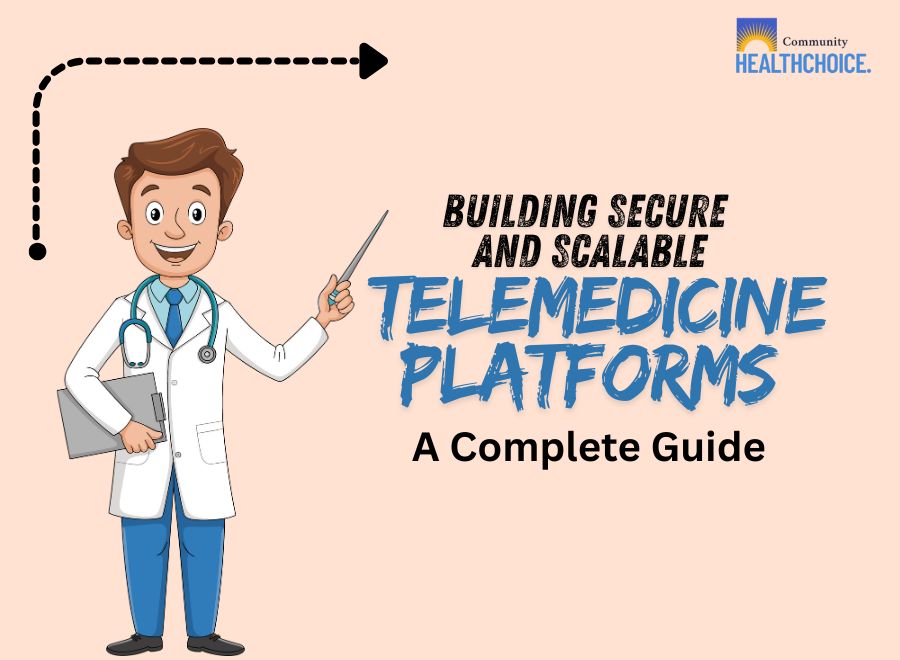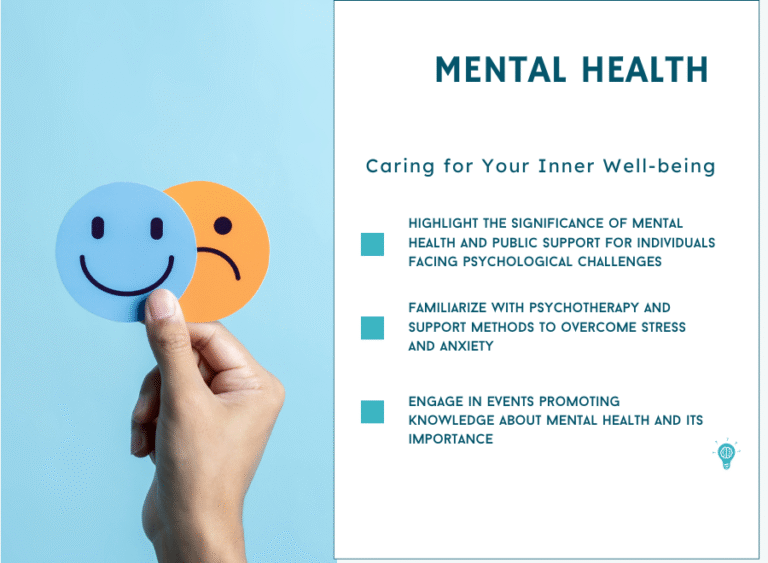Building Secure and Scalable Telemedicine Platform A Complete Guide
Telemedicine has completely changed the way healthcare is delivered, allowing patients to consult with their doctor and receive medical guidance from the comfort of their own homes. Indeed, the rise of telemedicine solutions has generated a demand for advanced digital systems that are secure and reliable, handling a large amount of data. For healthcare organizations looking to enter this space, partnering with a healthcare software development company can help in the development of a reliable and efficient solution.
In this guide, we will explore the essential aspects of developing scalable and secure telemedicine platform. Furthermore, we will address technical, operational, and regulatory considerations for developing robust and user-friendly telemedicine solutions. First, let’s outline the core requirements of telemedicine platforms.
Core Requirements of Telemedicine Software
The development of a telemedicine platform is a difficult task, and healthcare development services can help in building a solution that is not just a video call application but a comprehensive system that is designed to handle patient records, billing, and medical consultation, whilst ensuring compliance with data protection regulations such as HIPAA and GDPR. Furthermore, the key requirements are below:
- Patient and Provider Management: The telemedicine platform should have an easy registration process, profile creation, and two-step verification for both healthcare providers and patients.
- Secure Communication: Utilizing encrypted chat systems, video calls, and file transfers is essential for protecting sensitive information.
- Appointment Scheduling: Real-time availability and automated reminders enhance efficiency and reduce missed appointments.
- Electronic Health Records Integration: Easy and secure access to patient history and lab results is crucial for informed consultations.
- Billing and Payments: The inclusion of secure payment methods and gateways helps simplify billing and insurance claim processing.
Pro Tip: If you are looking to build a telemedicine platform, then consult a healthcare software development company first and ask about their expertise and portfolio to better understand their abilities.
Security Considerations
Undoubtedly, security is the foundation of a telemedicine platform, just as it is for any other healthcare solution, so that patients can trust these platforms with their highly sensitive data because breach or leakage can have serious consequences for healthcare providers and patients. Some of the important measures that can ensure the security of these platforms are:
- Data Encryption: All communications and stored data should be encrypted using security protocols to prevent unauthorized access.
- User Authentication: Multi-factor authentication ensures that only authorized users can have access to the platform.
- Audits & Monitoring: Regular monitoring and security audits help identify vulnerabilities or loopholes.
- Compliance: Platforms must be in compliance with data protection regulations, such as HIPAA in the US and GDPR in Europe, or other applicable local laws.
A healthcare software development company can guide in implementing security measures that meet industry standards and create ease for patients, rather than difficulties.
Scalability
In recent years, telemedicine solutions have become popular among patients. Therefore, platforms must be capable of handling a large amount of data without compromising performance. However, scalability should be considered from the early stages of development. Let us tell you some approaches to achieve scalability:
- Cloud-Based Infrastructure: Using cloud servers allows the platform to scale on demand, ensuring consistency.
- Microservices Architecture: Dividing the application into independent modules allows easy maintenance and updates. This also helps in handling large workloads.
- Database Optimization: Efficient database indexing and design prevent slowdowns as patient records grow.
- Load Balancing: Even distribution of user traffic across servers helps prevent overloads during peak hours.
Planning for scalability beforehand ensures that the telemedicine platform can support future growth and expand services without requiring significant changes.
Selecting the Right Technology Stack
Choosing the right technology stack is important for the secure, smooth, and reliable development of a telemedicine platform. Some of the frameworks that can be considered are given below:
- Angular, React, or Vue.js can be used to create a responsive and interactive frontend for patients and providers.
- Node.js, Django, and Ruby on Rails (RoR) offer a strong foundation for server-side logic, APIs, and database management.
- PostgreSQL, MySQL, or NoSQL solutions like MongoDB can be used depending on data complexity and scalability needs of the platform.
- Cloud services like AWS, Google Cloud, or Microsoft Azure can handle storage and security, while also helping to fulfill scalability requirements.
- APIs like Twilio or WebRTC ensure smooth real-time communication (video and messaging).
Hiring healthcare software development services can ensure that the chosen technology aligns with both the industry needs and business objectives.
User Experience
The telemedicine platform is only effective if it is user-friendly for people belonging to all age segments. Including providers who should also have access to the tools that they need for efficient consultations. Some of the key UX considerations can be:
- Clear navigation, simple menus, and accessible features to enhance user engagement.
- Platforms should adhere to guidelines to accommodate users with disabilities, including text-to-speech support and screen reader compatibility.
- Many users access telemedicine services through smartphones, making responsive design and mobile-first development essential.
- Easy access to feedback and support is essential as this helps enhance the trust of platform users.
Additionally, conduct UX research and testing to ensure that the platforms meet high usability standards.
Advanced Features
A modern telemedicine platform should provide advanced features to help enhance patient care and operational efficiency. Let us tell you about some features below:
- Multilingual Support
- AI-powered symptom checker
- Integration with wearables and medical devices
The inclusion of advanced features can help the platform stand out in the market, but it is essential to add them without compromising security. Moreover, rigorous testing is critical for a telemedicine platform to operate reliably.
Compliance and Legal Considerations
It is mandatory for telemedicine platforms to become compliant with data protection rules and regulations. Although these requirements can vary, they commonly include:
- Compliance with HIPAA, GDPR, or regional equivalents is necessary.
- Licensed to offer services in the patient’s location and with clear data retention policies.
- Adherence to local regulations with telemedicine billing and reimbursement.
The healthcare software development services can ensure that the platform meets all legal and regulatory requirements, as failure to comply can result in severe penalties and, worse, the loss of patient trust.
Deployment & Maintenance
Launching a telemedicine platform is not the final step. There is a need for continuous monitoring, updates, and maintenance. This is essential to keep the system secure and user-friendly, and some of the key practices include:
- Ensuring data is backed up in case of system failure.
- Continuously improve the platform based on user experiences.
- Applying patches and updates to fix bugs and improve functionality.
- Efficient tracking of server load, response times, and error rates to prevent downtime.
Healthcare software development companies often include ongoing support and maintenance in their packages to keep platforms operational and compliant over time.
Conclusion
The development and deployment of a telemedicine platform requires careful planning and technical expertise in addition to a deep understanding of data protection regulations. Therefore, defining core requirements and selecting the right technology stack to ensure scalability, usability, and security are mandatory to ensure the platform’s success. Hiring a healthcare software development company can offer the expertise and guidance required to navigate these complexities efficiently.
In brief, investing in a well-designed and robust digital healthcare solution can ensure long-term success and help establish trust with both patients and healthcare providers.







